STREET CHURROS Itaewon(스트릿츄러스 이태원)
2.7Km 2020-11-27
222 Noksapyeong-daero Yongsan-gu Seoul
+82-2-792-1489
This is a restaurant where you can eat fried churros immediately after ordering. This cafe is located in Yongsan-gu, Seoul. The representative menu is churro.
Fat Grandma's Place (뚱뚱이할머니집)
2.7Km 2016-09-05
174-1, Jangchungdan-ro, Jung-gu, Seoul-si
+82-2-2273-5320 / 2279-2714
An elderly lady with fine wrinkles is still in charge of creating the captivating taste of jokbal (steamed pork hock). Originally, the restaurant did not have a name, but customers referred to it as the “Fat Grandma’s Place.” Sure enough, as you enter the restaurant, you will notice a plump, elderly lady with silver hair sitting at the counter. The place is well known for jokbal with an exquisite combination of rich meat and soft fat. Three or four ingredients, including ginger, are added to the simmering broth to eliminate the strong meat smell. When you order a small serving, you are served radish “water” kimchi as well as two small bindaetteok free. You can order additional bindaetteok too, three for 5,000 won. When you order a large serving, you are served four free bindaetteok. Many customers order jaengbanguksu (spicy buckwheat noodles), which goes perfectly with jokbal.
Wonjo 1ho Jangchungdong Halmeonijip(원조1호장충동할머니집)
2.7Km 2020-11-17
174, Jangchungdan-ro, Jung-gu, Seoul
+82-2-2279-9979, +82-2-2275-1064
Following his mother’s footsteps, the son of the previous owner is now managing the family business. Opened during the early years of Jokbal Street, the delicious meat at this restaurant is fondly remembered by customers. While the meat itself has almost no fat, the fat portion is extremely soft and savory. This restaurant is also different from the others in that it provides kongnamul-guk (bean sprout soup) with the jokbal (steamed pork hock). Pyeongyang-style naengmyeon (cold noodles) and tteok-mandu-guk (rice cake-dumpling soup) are also delicious. Pyeongyang naengmyeon is cooked to suit South Korean tastebuds. Besides, the noodles and dumplings are hand-made. Despite the restaurants long history, the building of the restaurant is clean and well-maintained as it was being rebuilt after a fire in the 1980s. There are plenty of tables on the first and second floors to accommodate customers, and the third floor is reserved for large groups. Especially noticeable is the clean appearance both inside and out, despite the restaurant’s long history; probably because the building was rebuilt after a fire in the 1980s. Plenty of tables on the first and second floors accommodate customers, and the third floor is reserved for large groups.
Dialogue in the Dark – Bukchon (어둠속의대화 북촌점)
2.7Km 2025-07-04
Gahoe-dong, Jongno-gu, Séoul (Corée du Sud)
Située près du palais Gyeongbokgung, Dialogue in the Dark – Bukchon est une exposition participative sensorielle unique qui se déroule dans l’obscurité totale pendant 100 minutes. Accompagnés par un·e Roadmaster, les participants explorent différents environnements uniquement à travers les sens du toucher, de l’ouïe, de l’odorat et du goût.
Créée en Allemagne en 1988, cette exposition internationale a été présentée dans plus de 161 villes à travers le monde, touchant plus de 12 millions de visiteurs en Europe, en Asie et en Amérique.
Les visiteurs doivent arriver 15 minutes avant l’heure de réservation pour retirer leurs billets, déposer leurs affaires personnelles et se préparer à l’expérience. L’entrée se fait à l’heure exacte via un ascenseur menant progressivement vers une obscurité complète. Pendant 100 minutes, aucune sortie n’est possible ; il est donc essentiel d’utiliser les toilettes à l’avance.
L’exposition est située à 700 m de la sortie 2 de la station de métro Anguk (ligne 3). Le quartier de Bukchon et ses environs, proches du palais Gyeongbokgung, offrent également de nombreux cafés et restaurants à découvrir avant ou après l’expérience.
Inwoohouse [Korea Quality] / 인우하우스 [한국관광 품질인증]
2.7Km 2023-04-13
9, Gyedong 6-gil, Jongno-gu, Seoul
02-742-1115
Run by a couple hailing from Bukchon, Inwoo House is located in an alleyway in Gye-dong, Jongno-gu, which is part of Bukchon that is well-known for old hanok houses. Inwoo House, meaning 'the house of Inwoo,' is inhabited by the owner couple and eight-year-old son Inwoo and his younger brother Yeonwoo. The couple, who have always lived in Bukchon, moved to Inwoo House in 2010; their parents run another guesthouse -- Yeonwoo House -- in Gahoe-dong, which isn’t far from Inwoo House. These two hanok guesthouses seek to provide guests with an opportunity to experience the true aspect of traditional Korean house amid the natural environment. Inwoo House, which has the typical style of hanok in the area, features a cozy yard, a toenmaru (narrow wooden porch running along the outside of the building), and several charming decorative items. It has three rooms – Tokki-bang and Haejanggeum-bang situated in Sarangchae (a detached building) and Nori-bang, which is a communal space. Due to its quiet location, guests can enjoy relaxation with a serene atmosphere in their rooms, which are decorated with calligraphic works and furniture inlaid with mother-of-pearl in a simple way. Each room is equipped with a bathroom. The guesthouse offers breakfast such as toast or tteokguk (rice cake soup). Inwoo House is an ideal place to stay for guests with children as the owner couple have children with whom children can play in the alley, yard, or toenmaru with an interesting hanok environment. The guesthouse also provides various traditional activities including traditional Korean clothes experience, traditional Hanji (Korean paper) craft experience, traditional knot bracelet making, and fan decorating, which are popular among foreign tourists and children. It is adjacent to restaurants, coffee shops, convenience store, and other tourist attractions including Gyeongbokgung Palace, Changdeokgung Palace, Insa-dong, and Samcheong-dong.
Pyeongando Jokbal (평안도족발집)
2.7Km 2021-03-30
174-6, Jangchungdan-ro, Jung-gu, Seoul
+82-2-2279-9759
Pyeongando Jokbal has a history of over 50 years, and is very popular among all the jokbal (pig's trotter) restaurants in the Jangchung-dong Jokbal Street area. The taste is outstanding, making this hard-to-find restauant a favorite among jokbal lovers.
Taco Chilichili (타코칠리칠리)
2.7Km 2021-10-06
218, Noksapyeong-daero, Yongsan-gu, Seoul
+82-2-797-7219
Taco Chilichili serves high-quality taco dishes that are simple, delicious, and reasonably priced. Although food at the restaurant differs somewhat from traditional Mexican cuisine, the quesadillas, and rice-filled burritos are still delicious.
Indoor dining areas are located on the first and second floors of the restaurant; there is also an outdoor dining area on the second floor. The dining area on the first floor only has a few tables and can be noisier, but it also gives diners the unique experience of seeing their food as it is prepared. For a quieter dining experience, head up to the wider seating sections on the second floor. Both floors of the restaurant feature unique interior design that makes this restaurant stand out from others.
Palais Changdeokgung et son jardin Huwon (Jardin secret) [Patrimoine Mondial de l'UNESCO] (창덕궁과 후원)
2.8Km 2020-04-16
99, Yulgok-ro, Jongno-gu, Seoul-si
+82-2-3668-2300
Le Palais Changdeokgung est la seconde demeure royale construite après le Palais Gyeongbokgung en 1405. Changdeokgung fut le palais principal de nombreux rois pendant Joseon, et est le mieux préservé parmi les cinq palais de Joseon encore debout. Le jardin à l’arrière, autrefois lieu de détente des rois, peut se vanter d’avoir en son sein un gigantesque arbre de plus de 300 ans, un petit étang et un pavillon. Les terres du palais sont composées d’une zone publique, d’une résidence pour la famille royale ainsi que ce jardin. Le palais servit de bâtiment principal après le règne du Roi Seongjong (9ème roi de Joseon), alors que de nombreux rois l’utilisèrent comme maison d’habitation. Toutefois, il fut incendié durant l’invasion japonaise en 1592. Grâce à Gwanghaegun, le palais fut restauré en 1611 et la nature et l’art y abondent désormais, faisant de lui un endroit incontournable pour les touristes. Il est rempli de biens culturels à visiter tels que les Pavillons Injeongjeon, Daejojeon et Seonjeongjeon ainsi que Nakseonjae. En Décembre1997, le Palais Changdeokgung fut désigné Patrimoine Mondial de l’Humanité par Le Comité du Patrimoine Mondial de l’UNESCO à Naples en Italie. La jardin de Changdeokgung fut construit durant le règne de Taejong et servit d’aire de repos pour les membres de la famille royale. Il fut aussi appelé Bukwon et Geumwon, mais après le sacre de Kojong, il fut renommé Biwon. Le jardin fut préservé dans son état brut autant que possible et l’on a utilisé la main de l’homme lorsque c’en était absolument nécessaire. Buyongjeong, Buyongji, Juhabru, Eosumun, Yeonghwadang, Bullomun, Aeryeonjeong et Yeongyeongdang sont quelques pavillons et fontaines situés dans ce jardin. La meilleure des saisons en ce qui concerne les visites est sans conteste l’automne, lorsque les feuillages sont à leur apogée et que les feuilles commencent à tomber. Il s’agit d’un des endroits que les « Premières Dames du G20 de Séoul » ont visité durant l’évènement en Novembre 2010. Cette destination représente la beauté de la Corée.
Le palais Changdeokgung et son jardin Huwon (창덕궁과 후원 [유네스코 세계문화유산])
2.8Km 2025-07-25
Seoul, Jongno-gu, Yulgok-ro 99
+82-2-3668-2300
Le palais Changdeokgung est le deuxième palais royal construit durant la dynastie Joseon après le palais Gyeongbukgung (1405). Il s'agissait du palais de résidence principal pour beaucoup de rois durant l'ère Joseon, il est considéré comme le palais le mieux préservé des cinq palais royaux. Le site est constitué d'une place publique, d'un bâtiment pour la famille royale et d'un jardin. Connu comme un palais de repos pour les rois de la période, le jardin du palais abrite notamment un arbre géant de plus de 300 ans, un petit étang et un pavillon.
Le palais a été brûlé par des citoyens en colère en 1592 lors de la période d'invasion de la Corée par le Japon. Avec l'intervention de Gwanghaegun, le palais fut restauré en 1611. Encore aujourd'hui, le palais abrite nombre de trésors culturels importants comme le hall Injeongjeon, le hall Daejojeon, le hall Seonjeongjeon, et Nakseonjae.
Le jardin 'Huwon' du palais a été construit durant le règne du roi Taejong et servait de lieu de repos pour les membres de la famille royale. Le jardin n'a été que très peu modifié depuis sa création. La meilleure période pour apprécier le jardin est l'automne (fin septembre, début octobre), le site permet en effet d'admirer de très beaux feuillages d'automne.
Le palais Changdeokgung a été classé au patrimoine culturel de l'Unesco en décembre 1997 (comité de Naples).
Le palais a notamment été sélectionné comme lieu de visite pour les épouses de président durant le sommet Seoul G20 (novembre 2010).
CAFÉ TERRACE (카페테라스)
2.8Km 2021-03-26
102-2, Samcheong-ro, Jongno-gu, Seoul
+82-2-723-8250
It is a café that serves delicious waffles. This cafe is located in Jongno-gu, Seoul. The representative menu is waffle.
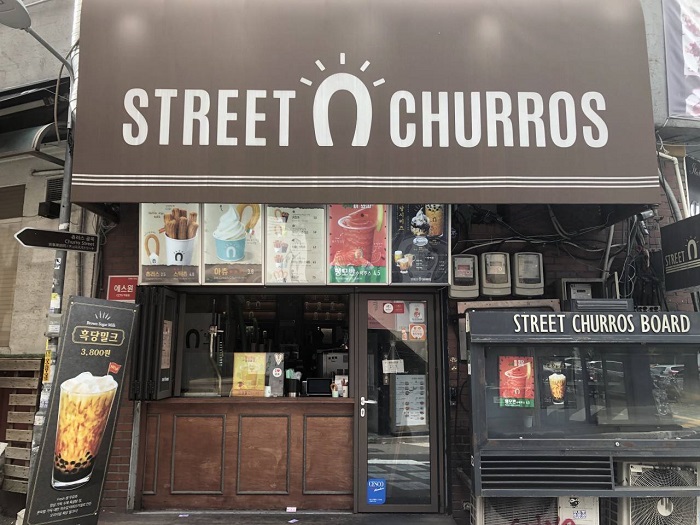
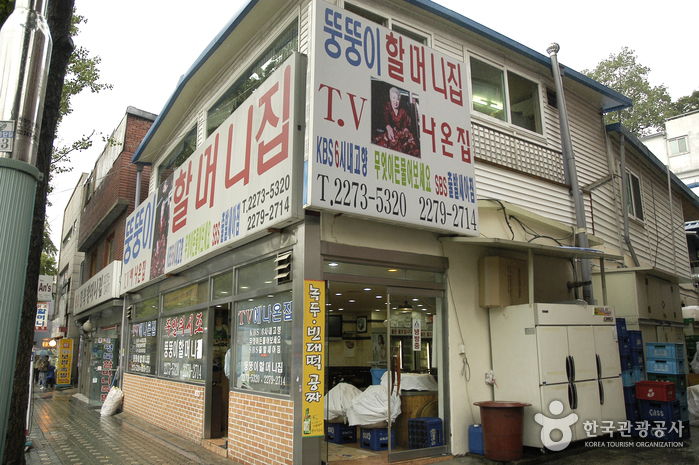

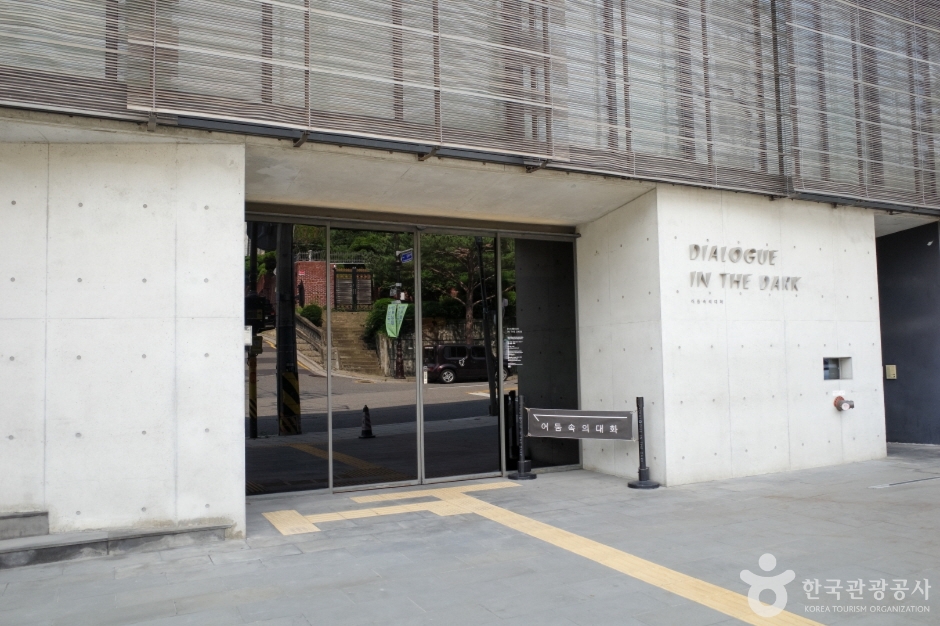
![Inwoohouse [Korea Quality] / 인우하우스 [한국관광 품질인증]](http://tong.visitkorea.or.kr/cms/resource/64/2633664_image2_1.jpg)
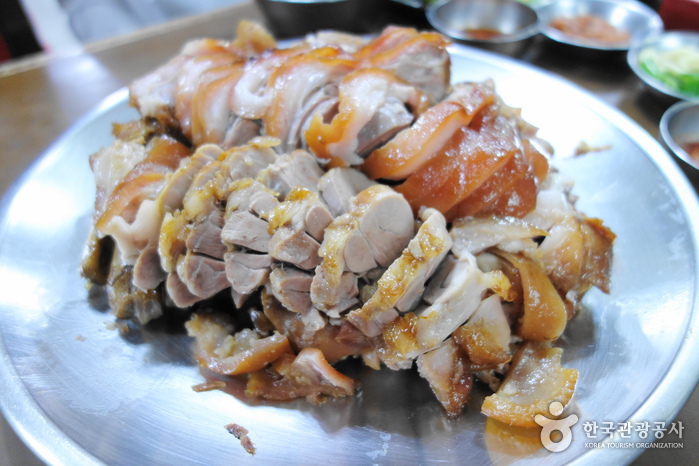
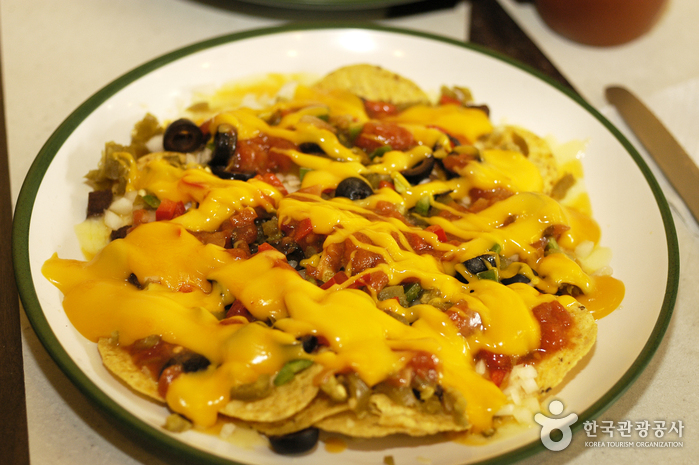
![Palais Changdeokgung et son jardin Huwon (Jardin secret) [Patrimoine Mondial de l'UNESCO] (창덕궁과 후원)](http://tong.visitkorea.or.kr/cms/resource/31/654531_image2_1.jpg)
![Le palais Changdeokgung et son jardin Huwon (창덕궁과 후원 [유네스코 세계문화유산])](http://tong.visitkorea.or.kr/cms/resource/50/2678650_image2_1.jpg)
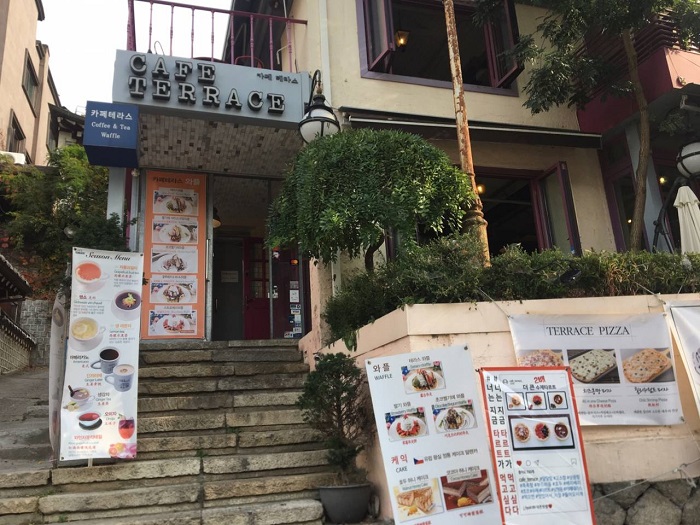
 Français
Français
 한국어
한국어 English
English 日本語
日本語 中文(简体)
中文(简体) Deutsch
Deutsch Español
Español Русский
Русский